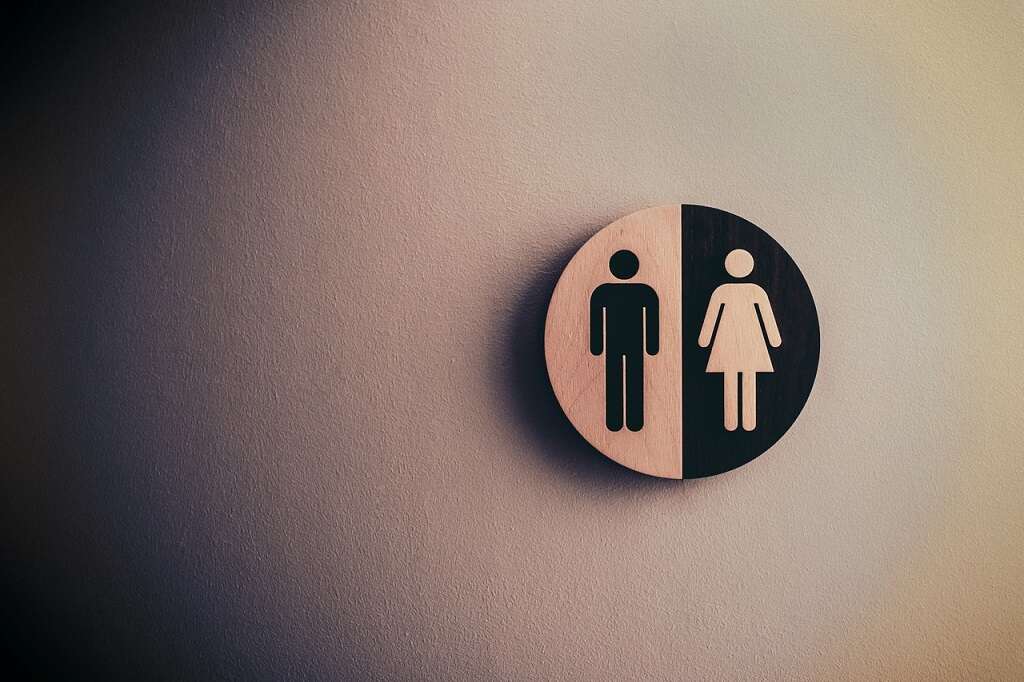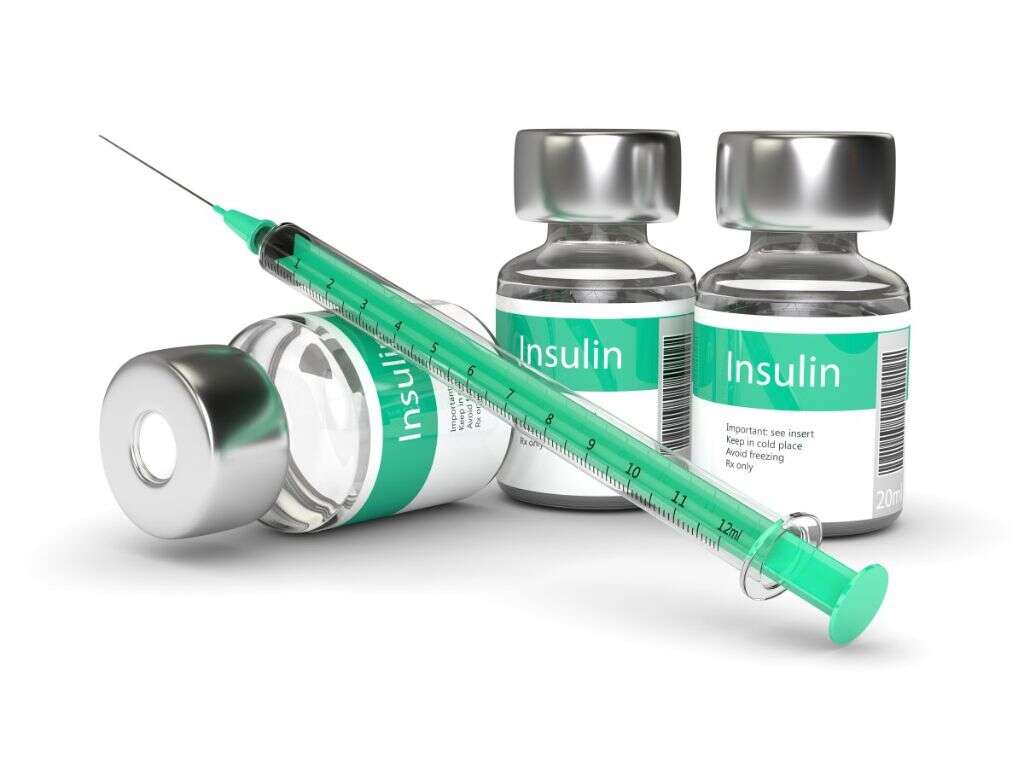10 Diabetic Ketoacidosis (DKA) Symptoms
 Article Sources
Article Sources
- 1. 'Type 1 Diabetes.' Mayo Clinic, Mayo Foundation for Medical Education and Research, 27 Mar. 2021, www.mayoclinic.org/diseases-conditions/type-1-diabetes/symptoms-causes/syc-20353011
- 2. 'DKA (Ketoacidosis) & Ketones.' DKA (Ketoacidosis) & Ketones | ADA, [www.diabetes.org/diabetes/complications/dka-ketoacidosis-ketones.](http://www.diabetes.org/diabetes/complications/dka-ketoacidosis-ketones.)
- 3. Gallo de Moraes, Alice, and Salim Surani. 'Effects of Diabetic Ketoacidosis in the Respiratory System.' World Journal of Diabetes, Baishideng Publishing Group Inc, 15 Jan. 2019, www.ncbi.nlm.nih.gov/pmc/articles/PMC6347653
Diabetic ketoacidosis, or DKA, is a serious and potentially fatal complication of diabetes. It occurs mainly in those who have type 1 diabetes, although in rare cases it can strike people with type 2. DKA happens when a lack of insulin leaves diabetics unable to use glucose as energy, and the body uses fat instead. As fat is broken down for fuel, toxic acid builds up in the blood and causes symptoms, including confusion, weakness and breath that smells fruity.
Because ketoacidosis can cause a person to become confused and eventually unconscious, it's an emergency that requires urgent medical care.

Fat, Sugar & Insulin
Sugar, a form of carbohydrate, enters the bloodstream as people eat and drink. Almost immediately, the body releases insulin as a response and shuttles the sugar, known as glucose, into cells where it's converted into energy. However, diabetics can't rely solely on the body's own insulin supply. In type 1 diabetes, the body doesn't produce insulin at all, and in type 2, the body becomes resistant to it.1‘Type 1 Diabetes.’ Mayo Clinic, Mayo Foundation for Medical Education and Research, 27 Mar. 2021, www.mayoclinic.org/diseases-conditions/type-1-diabetes/symptoms-causes/syc-20353011
If insulin treatment is disrupted, the body's natural way of reducing blood sugar is impaired. Blood glucose elevates to dangerously high levels, and because the body doesn't have an ready supply of energy, it looks elsewhere.

Dangerous Diets
To get around this lack of easy energy, the body taps into fat. Some people intentionally seek out this way of eating with low-carb, high-protein diets. This breakdown of fat releases ketones, a type of chemical that contains acid.
But diabetics don't break down fat in the same way. The release of ketones happens much faster than in nondiabetics. As ketones build up in the blood, they cause it to become acidic and toxic to the body.2‘DKA (Ketoacidosis) & Ketones.’ DKA (Ketoacidosis) & Ketones | ADA, www.diabetes.org/diabetes/complications/dka-ketoacidosis-ketones.

Pear Drop Breath
One of the most distinctive signs of ketoacidosis is a breath that smells like pear drops or nail polish remover. This happens when the body desperately tries to restore blood acid levels to normal and uses any way it can to expel excess ketones. In this case, via breathing out.
Unusual smelling breath is one of the most distinctive symptoms of DKA. However, given the risk of this sign being influenced by food or drinks that are consumed, it's not the only assessment.

Unusual Breathing Patterns
Along with an unusual smell, the way someone breathes can be a sign of a DKA episode. The breathing pattern may seem labored, deep and rapid, as if someone's panting. Known as Kussmaul breathing, this is another way the body tries to expel toxic acid gases and restore acid-base balance in the blood.3Gallo de Moraes, Alice, and Salim Surani. ‘Effects of Diabetic Ketoacidosis in the Respiratory System.’ World Journal of Diabetes, Baishideng Publishing Group Inc, 15 Jan. 2019, www.ncbi.nlm.nih.gov/pmc/articles/PMC6347653
People with DKA may be exhausted or move very little, so this breathing pattern can seem unusually heavy. The affected person may be unaware they're even doing it.

Fatigue
Low insulin means glucose can't be turned into fuel easily. So it comes as no surprise that DKA episodes can leave someone with very little energy. This is made worse by rapidly rising acid levels in the blood, making someone too unwell to even think about moving about a great deal.
If DKA progresses, this fatigue can quickly develop into unconsciousness. This is one of the reasons it's important to act quickly in suspected cases of ketoacidosis.

Confusion
Diabetic ketoacidosis may leave someone confused and disorientated. They may be unaware of what's happening around them. Irrational emotional changes are also a symptom, with the person even mistaken for being drunk.
Some diabetic patients are unaware they have the condition. Ketoacidosis may be the first indication of diabetes, which can add to the confusion. This also makes it important to be aware of other signs, such as breathing changes and frequent urination.

Frequent Urination
One way the body frantically tries to remove high blood sugar is through increased urination. The kidneys work incredibly hard to force someone with DKA to pass much more water than normal to get rid of the harmful waste.
The kidneys don't stop at the liquid a person recently drank. Moisture is pulled from all over the body. Along with water, essential body salt, magnesium and potassium are also removed, which adds to the dehydration.

Increased Thirst
With expelling water comes an unquenchable thirst in diabetic ketoacidosis. The body senses it's running low on water, so it becomes desperate for more and more drinks.
As a person drinks more liquids, they pass more urine. This becomes a vicious, dangerous cycle. The precious salt, magnesium and potassium, already running low, are almost completely depleted. These minerals, known as electrolytes, are essential to keep the body functioning. The loss of these electrolytes is one of the major DKA dangers.

Nausea and Stomach Pain
Toxic levels of ketones turn the blood acidic. This, in return, causes feelings of sickness, which can progress to vomiting, further dehydrating and weakening the person experiencing DKA. Alongside being sick, people may experience abdominal pain.
While it's not exactly clear why ketoacidosis causes stomach pain, it's thought to be linked to the way the build-up of ketones seriously alters the normal chemistry of the blood. This in turn affects the function of the body's organs, causing intense stomach pain.

Treating Diabetic Ketoacidosis
Ketoacidosis is a medical emergency, and people with type 1 diabetes should remain vigilant about insulin and blood sugar levels. By the time it has progressed to obvious symptoms, it's always recommended to call for medical assistance. DKA usually needs to be managed in a hospital setting, so doctors can assess blood acid, electrolyte and insulin levels.
Along with an assessment, managing diabetic ketoacidosis typically involves increasing insulin levels and replacing lost fluids and electrolytes using methods only available in a medical setting.











